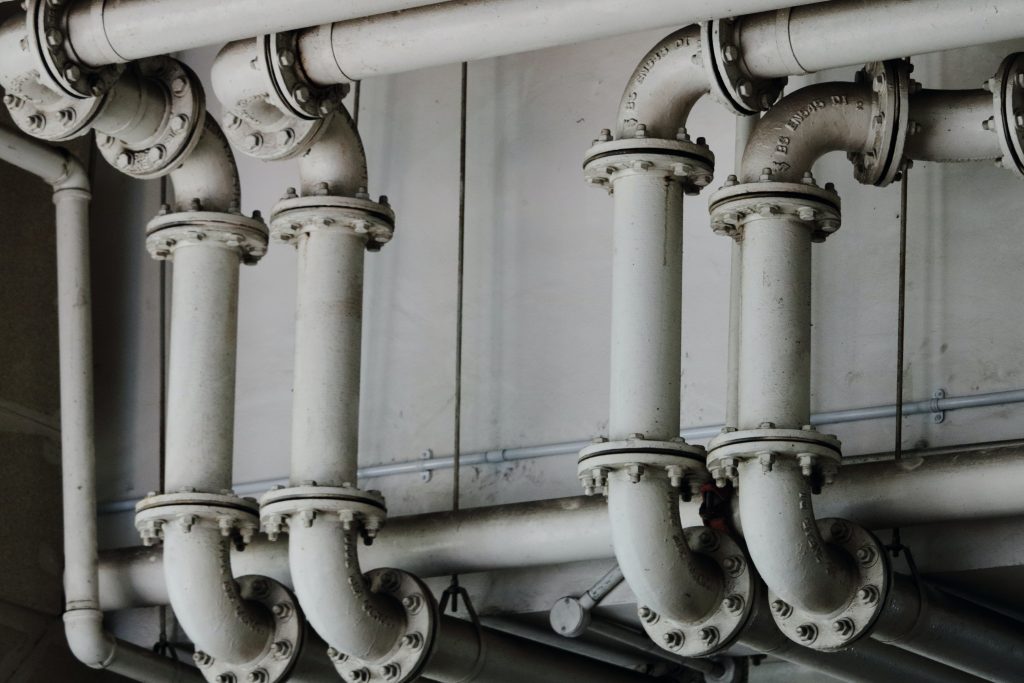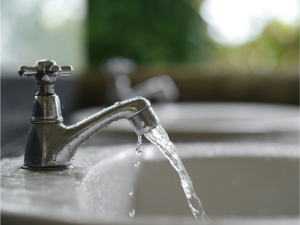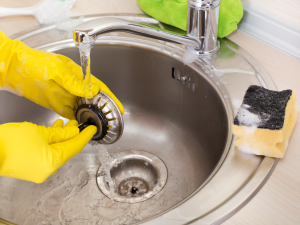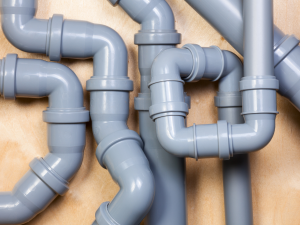Plumbing inspection, a systemic assessment of vital areas in the plumbing system is often ignored. What many homeowners fail to realize is that a simple plumbing inspection can avert problems such as clogs, burst tubes and pipes, pipe corrosion and even leaks. When these problems go unnoticed for long, the aftermath is either property damage, inconveniences or even fatal accidents. Plumbing inspections should be focused more on areas where there are many plumbing fixtures such as the kitchen and bathroom. However, other fixtures and appliances should not be ignored.
What is the importance of plumbing inspection?
- Plumbing inspections helps detect early problems, mitigating the risk of damaged plumbing systems and pipelines
- Helps conserve water given that leaks are among the major causes of water wastage
- Eliminates inconveniences due to water leaks and clogs. For instance, a clog in the bathroom may render it out of use, inconveniencing the whole family.
- Can help lower water consumption bills.
Kitchen plumbing inspection checklist
The kitchen is a major part of a home that is filled with vital and heavy plumbing fixtures. Among areas that need regular inspection include:
- Sink drains– The sink is one of the most used facilities in a kitchen. As such, it is more likely to get leaks and clogs, some of which can go unnoticed. If a sink drains slowly, you may be dealing with a clog. If it’s a mild clog, homemade drain cleaners can effectively unclog the sink. However, in most cases, you may need a plumber to disassemble the sink and clear the blockage. Among areas that you focus on include the strainer area and the P-trap fittings. To prevent constant clogs, avoid pouring oil, grease, and even food particles into the sink.
- Shutoff valves– Shut-off valves control the flow of water to the refrigerator lines, dishwasher, and sink faucet. When shut off, there should be no flow of water to the appliances. Ensuring that all valves operate as intended is vital. If faulty, they should be replaced.
- Refrigerator– Filters in refrigerators with an ice maker or water dispenser should be replaced regularly. Failure to do this, water flow to the ice maker or dispenser can be blocked.
- Faucets– A faulty faucet can cause massive water damage. Ensure that the faucets are regularly inspected and repaired if faulty.
- Dishwasher– How long does your dishwasher take to fill? A dishwasher that takes too long to fill could indicate water supply problems. Also, if it takes too long to drain, it could indicate clogs in the water discharge hose.
Bathroom plumbing inspection checklist
Bathrooms are one of the areas in a home that heavily rely on plumbing to operate, not forgetting the regular use by everyone. When carrying out a bathroom plumbing inspection checklist, be keen on:
- The drains– Shower, sink, and tub drains are prone to blockages due to the use of soap and hair clogs. Rather than waiting for a full-blown blockage, ensure that all drains are cleared with a drain blocker or boiling water. Also, ensure that hair and debris remnants do not stand for long on the drains. These should be removed and discarded properly. Remember, do not flush hair and debris in the toilet.
- Faucets– The tub, sink, and shower faucets require regular checks. In case of dripping faucets, ensure that these are replaced to prevent water wastage. Also, be keen on water leaks on hidden bathroom water supplies such as shower and tub drains especially where they are hidden in the walls. Weak or lowered pressure in the faucets can be an indication of leaks or impurities build up. For aerators, ensure they are removed and cleaned in vinegar.
- Caulk seals– A faulty caulk seal can cause water damage by allowing water from showers or bathtubs to get under floors or behind walls. As such, a bathroom plumbing inspection should ensure that all caulk beads are intact and where any gaps are noticed, they should be sealed. For easy maintenance of the caulk seals, they should be removed and replaced with new high-quality silicone shower and tub caulk.
- The toilet– A clogged toilet is not only inconvenient but also poses a health threat. To prevent toilet clogs, ensure that you only flush human waste and toilet paper. And if dealing with toilet leaks, ensure these are fixed.
Sewer and septic plumbing inspection checklist
A blockage in the septic system or main sewer line is a major plumbing problem. Seeing that this can be expensive to repair not forgetting the health risks exposed to the residents, regular inspection should be carried on:
- The main sewer– Mainline sewer blockages can be prevented by carrying out regular maintenance. If experiencing slow drains in the entire system, the main sewer could be the culprit. Also, take note of other signs of sewer drain clogs such as water puddles on the sewer line, and have them checked and repaired.
- Septic system– Fails in septic systems can render the whole plumbing system useless. Ensure that everyone in the home is aware of which items should go down in the drain and ones that can cause blockages. Also, regular checks will go a long way in preventing inconveniences.
- Vent pipes– These vent sewer gases and equalize air pressure. When blocked, the drain system will not function properly. Visually inspect vent pipes and take note of blockages caused by snow, debris, and even ice.
Other vital plumbing inspection checklists
- The washing machine– The washing machine hoses often wear off, especially when not replaced over extended periods. They can also burst and cause extensive water damage. Ensure all plumbing aspects that relate to your washing machine are periodically checked and replaced if faulty.
- Sump pump– If you use a sump pump in your home, have it regularly checked. A faulty sump pipe can cause damage especially when water is left standing for long.
- Water heater– Water heaters are major components of the plumbing system. Be on the lookout for any issues such as leaks, temperature irregularities, and malfunctions. Also, ensure that the water heater tank is regularly flushed to remove sediment.
- Water pressure– Testing the water pressure in your home can help avert plumbing problems. While high water pressure is unsafe, low water pressure can make normal tasks impossible to carry out.
Bottomline
A plumbing inspection checklist is vital in every home. Regardless of whether you have ever experienced plumbing problems, having the checklist done periodically is a major step to averting these problems. Also, ensure that you get a qualified plumber to undertake the checklist.








